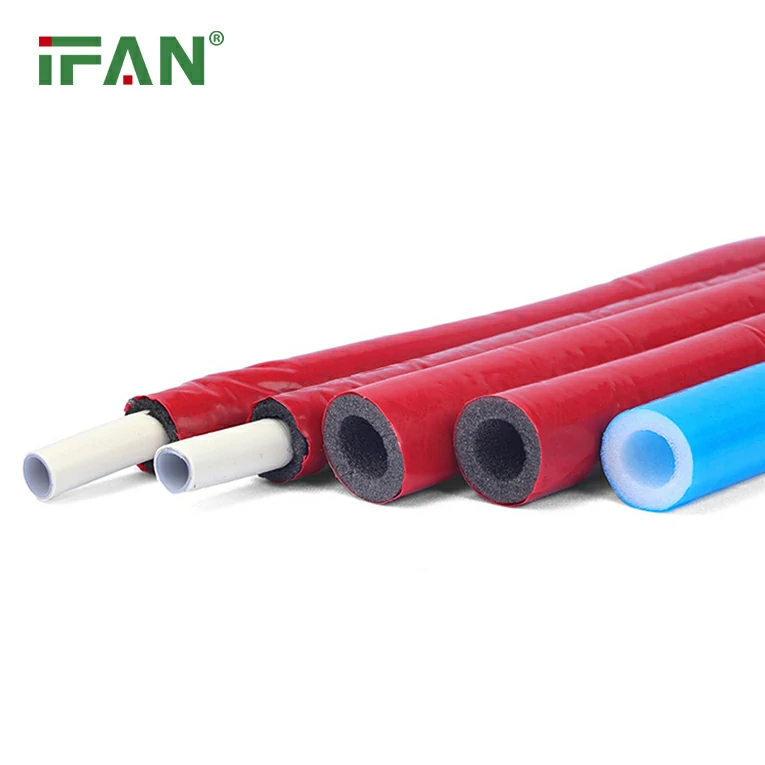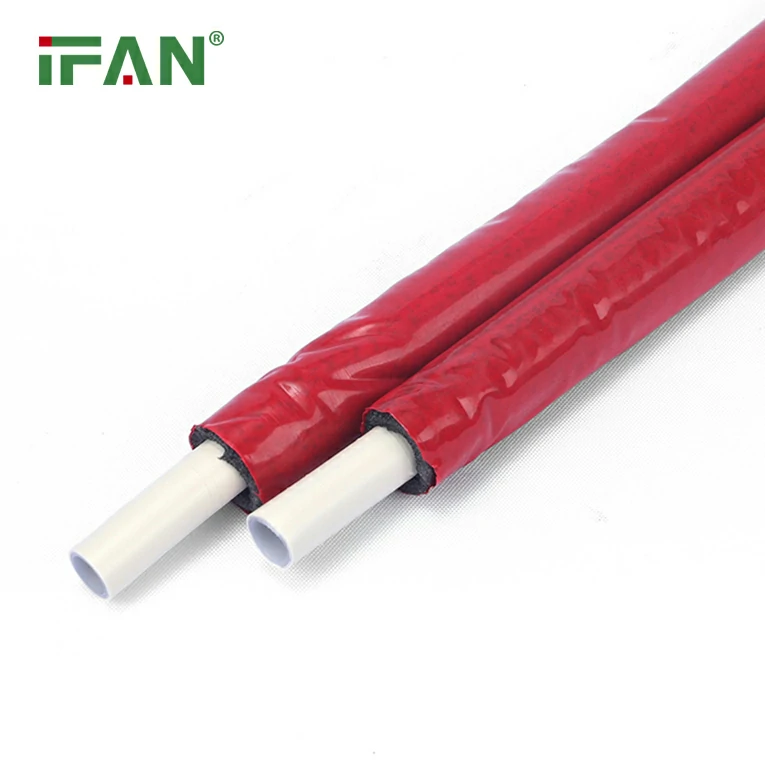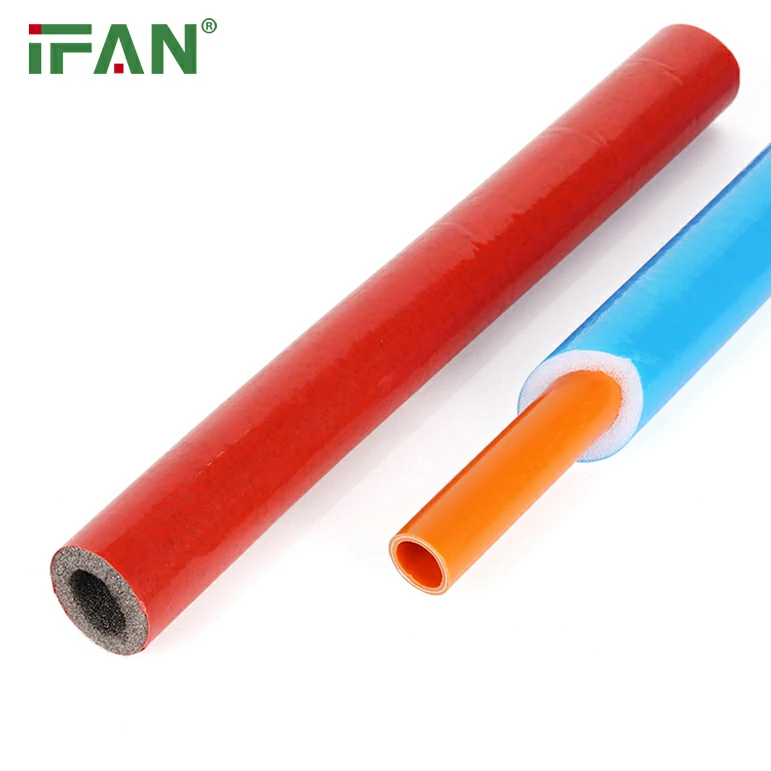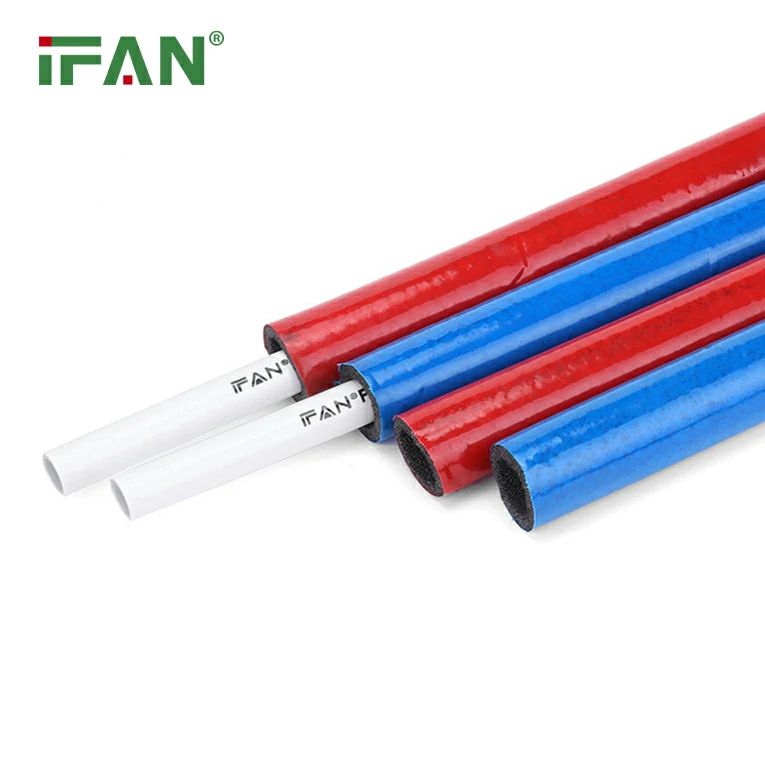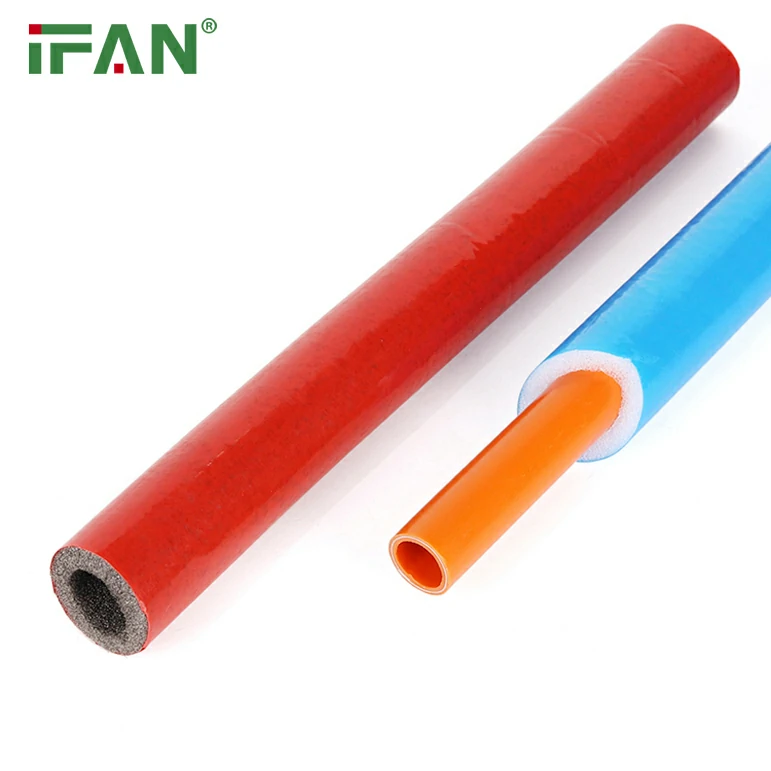Say Goodbye to Leaks with PPR Pipe Fittings
Introduction:
PPR pipe fittings are increasingly becoming the most preferred plumbing material for home and industrial use. The PPR pipes have gained much popularity, especially among construction companies, because of their numerous benefits and features.
Section 1: What are PPR pipe fittings?
PPR pipe fittings are made of polypropylene random copolymer plastic. PPR pipe fittings are very strong, durable, and flexible than other plastic fittings. They offer better heat and pressure resistance than traditional metal fittings, making them ideal for all types of plumbing installations.
Section 2: The advantages of using PPR pipe fittings
PPR pipe fittings have numerous advantages over traditional pipe fittings.
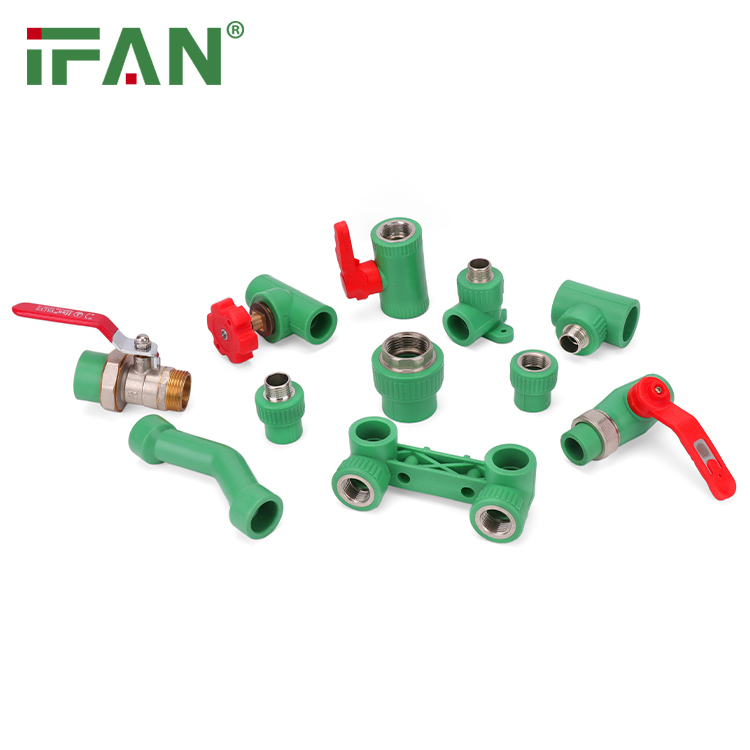
- Leak-free joints
PPR pipe fittings provide leak-free joints as they are designed to be welded using heat fusion. The welded joints are stronger than the pipe itself, ensuring a perfect seal. This means that the pipes will not leak, even in the most demanding of environments.
- Energy efficient
PPR pipe fittings have very low thermal conductivity and heat-loss rate, making them an excellent choice for hot water plumbing. They ensure that hot water is delivered to taps and showers without losing any heat in transit.
- Chemical resistance
PPR pipe fittings have excellent chemical resistance and will not corrode even when exposed to aggressive chemicals like acids, alkalis, and salts. This means that they are ideal for use in chemical plants, laboratories, and industrial facilities.
- High flow rate
PPR pipe fittings have a smooth inner surface that allows water to flow through smoothly and with little resistance, ensuring high flow rates. This makes them an excellent choice for drinking water and irrigation systems.
- Cost-effective

PPR pipe fittings are cost-effective, both in terms of installation and maintenance. They require fewer connections and fittings, reducing the installation costs, and are virtually maintenance-free, reducing maintenance costs.
Section 3: How to install PPR pipe fittings
Installing PPR pipe fittings is easy and straightforward. Here are the steps you need to follow:
- Cut the pipe to the required length.
- Use a chamfering tool to bevel the pipe’s end to a 15-degree angle.
- Clean the pipe’s end and the fitting’s surface with a clean, dry cloth.
- Join the pipe and fitting and ensure that they are aligned correctly.
- Use a heat fusion machine to weld the pieces together.
- Allow the joint to cool and then test the newly installed pipe and fittings for any leaks.
Section 4: Conclusion
PPR pipe fittings are an excellent choice for all your plumbing needs. Their leak-free joints, energy efficiency, chemical resistance, high flow rate, and cost-effectiveness make them a superior choice to traditional materials. Using these fittings ensures that your plumbing is reliable and long-lasting. With PPR pipe fittings, you can say goodbye to leaks and enjoy a hassle-free plumbing system. So why wait? Choose PPR pipe fittings for your next plumbing installation today and experience the difference!

